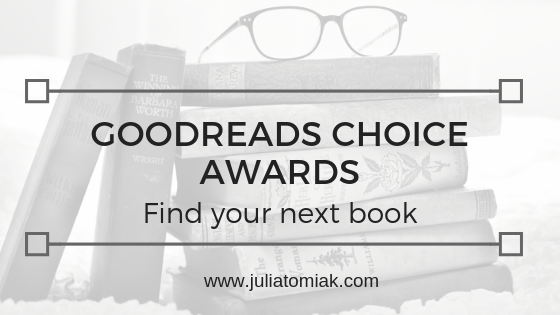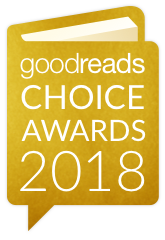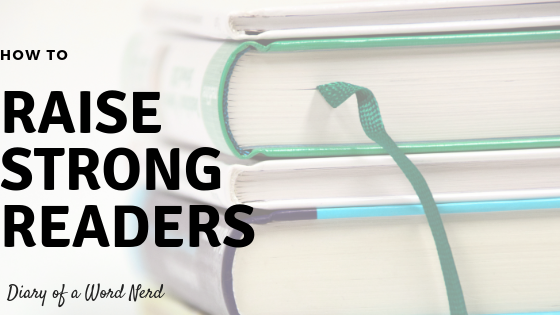Thank you to everyone who contributed book ideas to my Favorite Books of 2018 list! We now have a great selection of books to use for gift giving or just personal reading. This year’s winner of the Favorite Books giveaway is Sara Gearheart! Congratulations Sara!
Here is your list for 2018, with comments from readers in quotes. We are heavy with historical fiction and memoir this year. Click the links to read more about each book in Goodreads. Enjoy!
Fiction
- The Valentine Trilogy (Very Valentine; Brava, Valentine; The Supreme Macaroni Company) by Adriana Trigiani
Fantasy
- A Secret History of Witches by Louisa Morgan. “A great story about strong women overcoming the odds.”
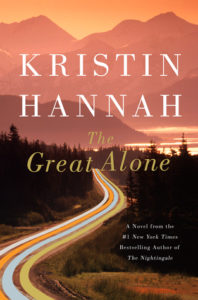 Historical Fiction
Historical Fiction
- America’s First Daughter by Stephanie Dray. Well researched fiction about the life of Martha Jefferson, Thomas Jefferson’s daughter. (My review here.) “I loved First Daughter. It was fascinating to understand the role that Martha played in her father’s career. An amazing read!!”
- Before We Were Yours by Lisa Wingate. (Goodreads Choice Winner 2017). “It is historical fiction based on the illegal activities of the Tennessee Children’s Home in the 1930’s-50’s. There are dual story lines – one in the 30’s and one current day. Some wonderful characters.”
- The Great Alone by Kristin Hannah. (Goodreads Choice Award for historical fiction 2018) “The first book I’ve read that is set in Alaska. The 70s are my favorite decade so I like anything from that era.”
- The Heart’s Invisible Furies by John Boyne. “Give yourself time to become immersed in the life of Cyril Avery, who is born to a teenage girl in rural Ireland and adopted by a wealthy couple in Dublin. Each section of the book fast forwards seven years, so we meet Cyril’s mother, then Cyril at seven, 14, 21, and so on. His story isn’t necessarily an extraordinary one, but it unfolds beautifully. The writing is fabulous, the characters are magnificent, and it’s just the kind of book that settles in your heart and stays there.”
- News of the World by Paulette Jiles. From Goodreads: “In the aftermath of the Civil War, an aging itinerant news reader agrees to transport a young captive of the Kiowa back to her people in this exquisitely rendered, morally complex, multilayered novel of historical fiction… that explores the boundaries of family, responsibility, honor, and trust.” Says the reader who contributed: “Brilliant.”
- The Radium Girls: The Dark Story of America’s Shining Women by Kate Moore.
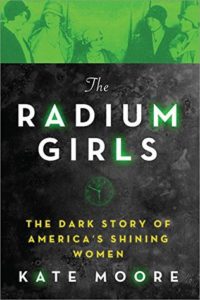 A history of the women who worked in radium factories, the side effects they suffered, the regulations and research they inspired. “Very different from anything I have ever read, and a piece of history I never knew existed. It was riveting, terrifying and fascinating all at the same time!”
A history of the women who worked in radium factories, the side effects they suffered, the regulations and research they inspired. “Very different from anything I have ever read, and a piece of history I never knew existed. It was riveting, terrifying and fascinating all at the same time!”
Memoir
- Shoe Dog by Phil Knight. “Story of the creation and growth of Nike, including how they came up with the name and swoosh. Mr. Knight is a runner that just wanted to make better running shoes. A good read, a history story including high risk business decisions that turned out well for Nike. The story moves along well.”
- Becoming by Michelle Obama. “It is really good. She shares her story and it really feels like she is the working mom next door. So many of the struggles and insecurities (I’m not sure if that is the best word…) she expresses are demons we all fight.”
- Tell Me More by Kelly Corrigan (see my review here)
- Educated by Tara Westover (Goodreads Choice Award winner for memoir 2018)
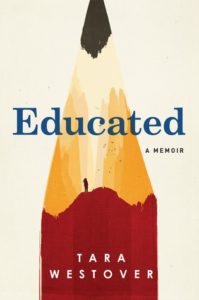 From Goodreads: “An unforgettable memoir in the tradition of The Glass Castle about a young girl who, kept out of school, leaves her survivalist family and goes on to earn a PhD from Cambridge University.”
From Goodreads: “An unforgettable memoir in the tradition of The Glass Castle about a young girl who, kept out of school, leaves her survivalist family and goes on to earn a PhD from Cambridge University.” - QB: My Life Behind the Spiral by Steve Young. From Goodreads: “In the most candid and compelling sports memoir since Andre Agassi’s riveting bestseller Open, former San Francisco 49er, Super Bowl champion, NFL MVP, and Hall of Famer Steve Young gives readers an unprecedented and stunning inside look at what it takes to become a super-elite professional quarterback.”
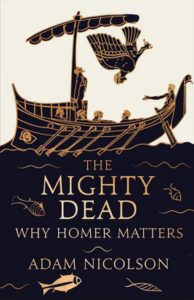 Non-fiction
Non-fiction
- The Mighty Dead: Why Homer Matters by Adam Nicolson “It’s a broad take on the importance of the Illiad and Odyssey, alternating between a very personal view of the poems and a sweeping analysis of the book’s setting, language, historical accuracy, and who Homer may or may not have been. It’s amazing how many echoes can be detected in these poems from an oral, tribal, oral world if you listen carefully enough.”
- How We Decide by Jonah Lehrer. “Great book that comes with some interesting controversy.” (Lehrer was accused of making up Bob Dylan quotes).
Young Adult
- The Hate U Give by Angie Thomas. (Goodreads Choice Award winner 2017, young adult). A great book about racism and awareness. See my full review here.
What a great list! Happy shopping and reading everyone!

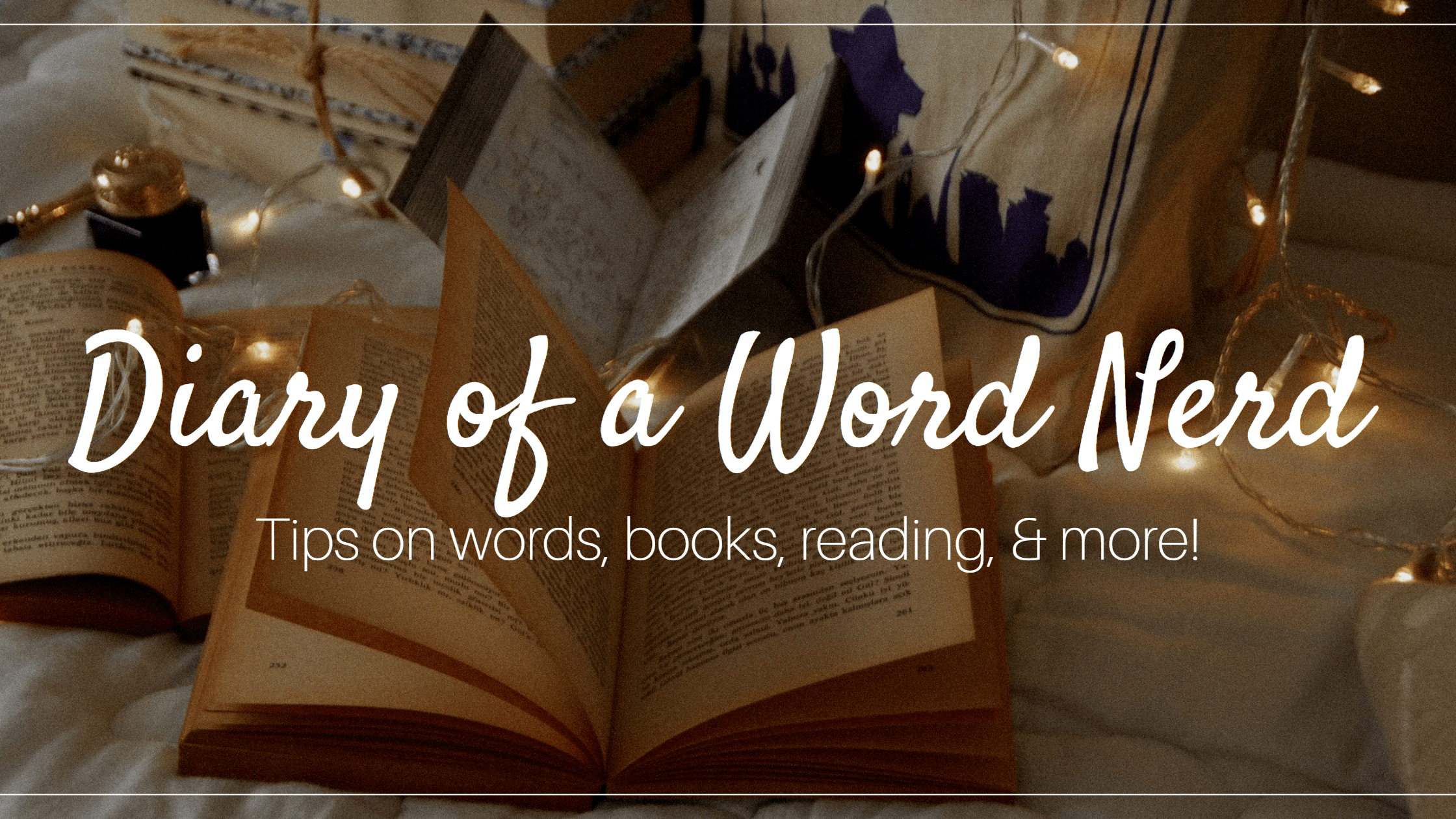

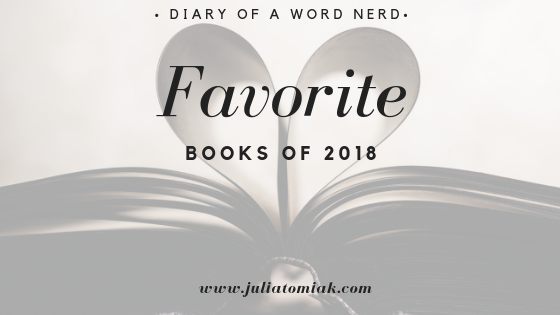
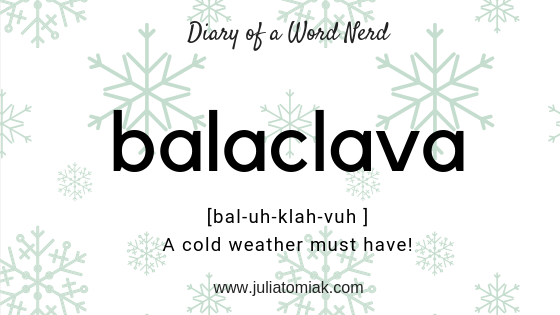

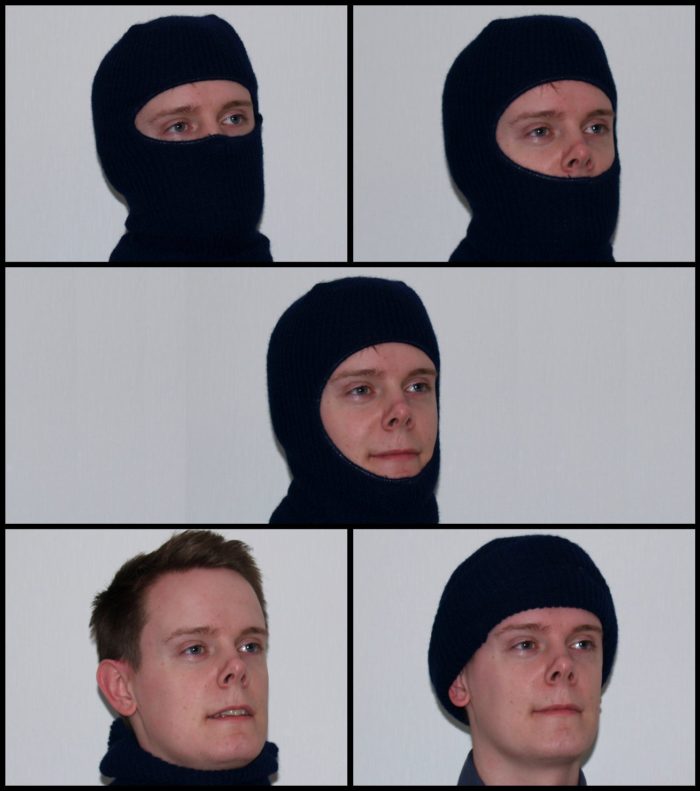
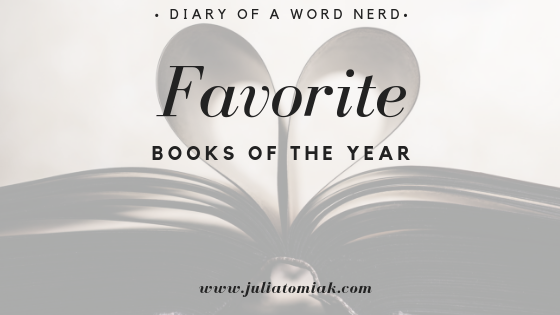
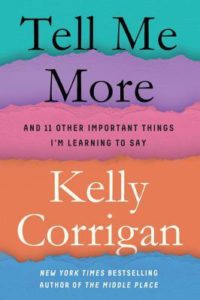
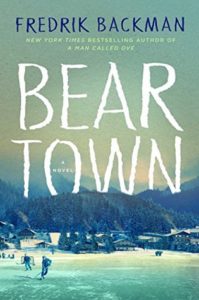
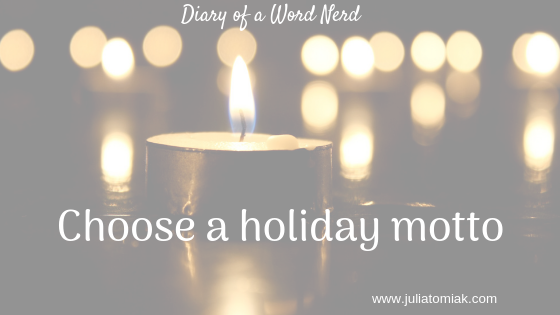
 I hate the fact that inflatable snow men start popping up around Halloween, and the local pop station plays nothing but the same 30 holiday songs from the day after Thanksgiving until December 26th. I hate that the focus has shifted from the gift of a savior and peace on earth to Black Friday deals and endless consumption.
I hate the fact that inflatable snow men start popping up around Halloween, and the local pop station plays nothing but the same 30 holiday songs from the day after Thanksgiving until December 26th. I hate that the focus has shifted from the gift of a savior and peace on earth to Black Friday deals and endless consumption.
